Needing to install new insulation in your home or business? Use this guide to help determine the type of insulation that’s right for you.
What is Insulation?
Insulation is a vital component in any home that wants to be energy-efficient. Insulation is placed in areas where air is likely to escape; stud cavities inside walls, the attic, and foundation. The purpose of insulation is to slow and reduce heat transfer. By sealing air leaks and adding proper insulation, Austin homeowners stand to save an overage of 15% on heating and cooling costs.
But before you rush off to buy insulation and install it yourself, or you hire a professional for insulation installation services, it’s important to know that not all insulation is created equal. Insulation comes in various types for different applications. We’ll break down the major types for you here in this guide.
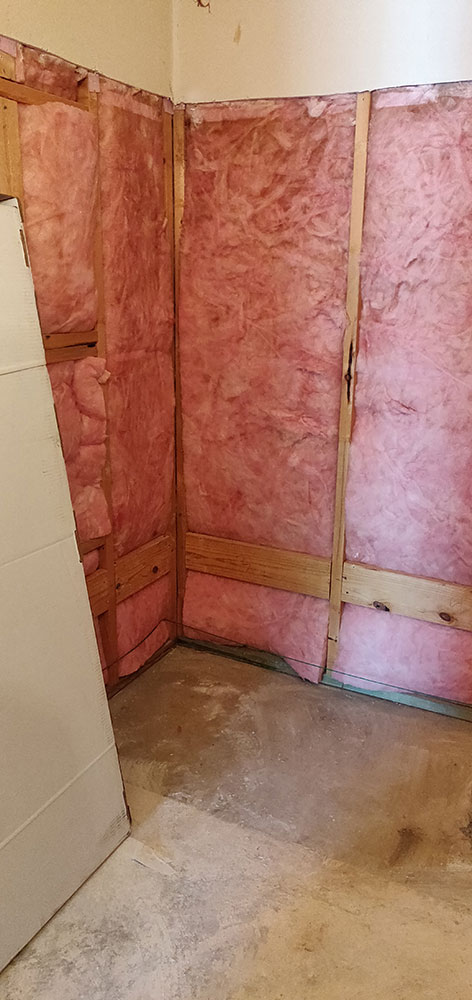
Types of Insulation
There are 5 prominent types of insulation used to insulate a home. They are:
- Blanket Batts/Rolls
- Spray Foam
- Blown-In
- Foam Board or Rigid Foam
- Reflective or Radiant Barrier
Each of these types of insulation is used for a different purpose in various areas throughout the home. The following explanations about each will help you determine which type of insulation you’ll need for the job.
Blanket Batts and Rolls Insulation
Blanket Batts and Rolls are typically constructed with fiberglass, although versions with cotton, mineral wool, and plastic fibers are also available. This type of insulation, and installation of it, is cost-friendly and even DIY friendly, as the product is designed to fit between standard width between wall studs, attic rafters, and floor joists. Be aware however, that fiberglass insulation can be a lung and skin irritant so always wear protective gear when installing.
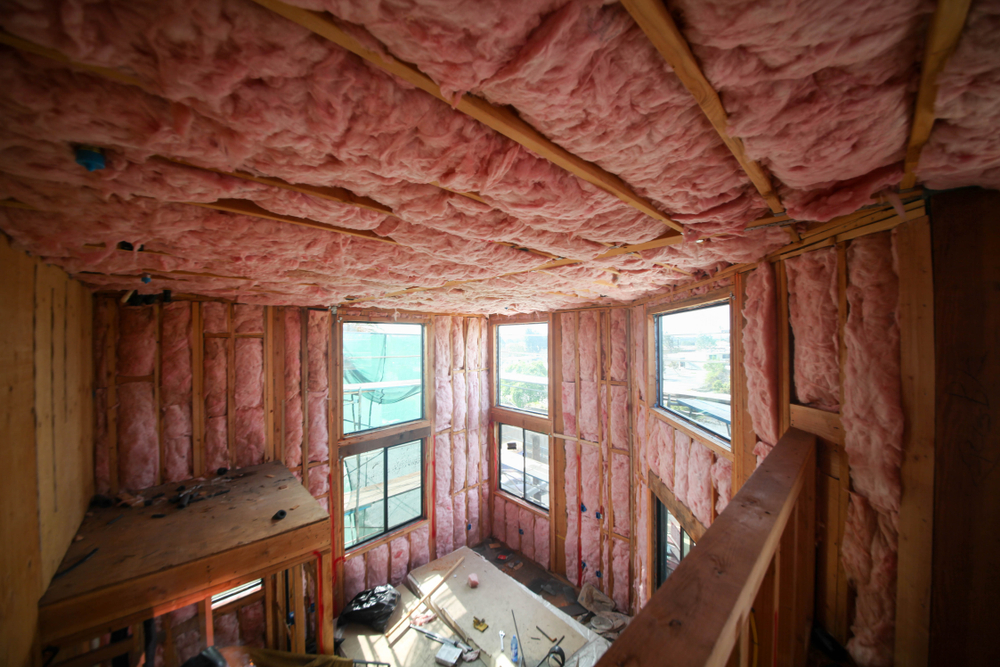
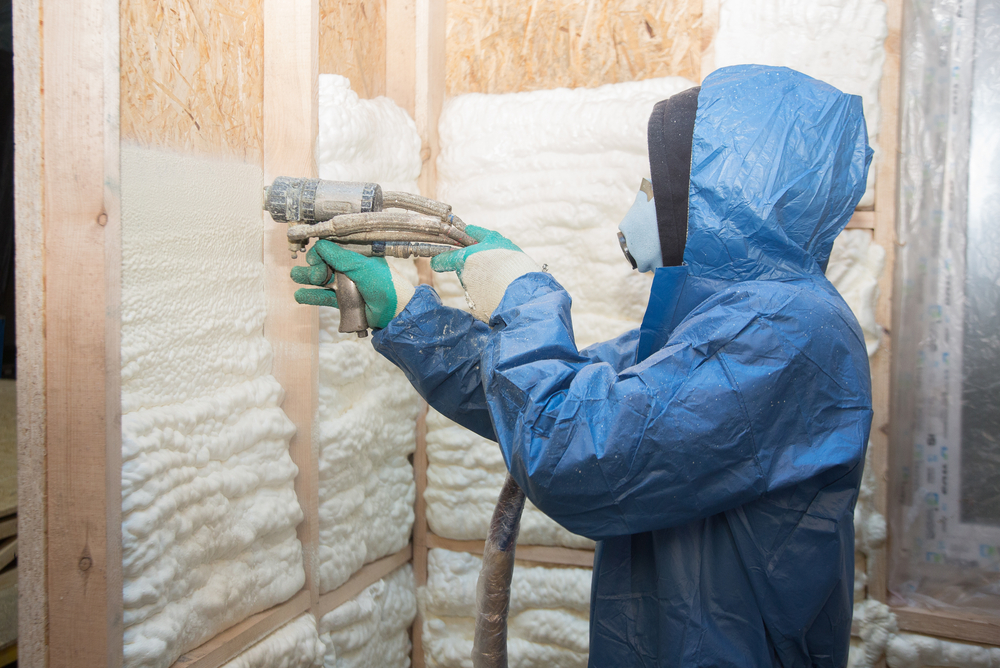
Spray Foam Insulation
Spray foam insulation seals leaks and gaps inside existing walls. Liquid polyurethane is sprayed into wall cavities, where it then expands and hardens into a solid foam. Spray foam insulations comes in two constructions: open-cell foam or the more dense closed-cell foam. Closed cell foam has the highest R-value of any insulation but can be expensive. Spray foam insulation is best left the professionals, as it is not as simple as “point-and-spray.”
Blown-In Insulation
Blown-in insulation is applied using a machine that blows a paper-like material into the space to be insulated. This type of insulation is also made of fiberglass, rock wool, or recliamed cellulose material, which allow blown-in insulation to fit nearly any type of location. This type of insulation is best for existing finished areas as well as irregularly shaped, hard-to-reach areas.
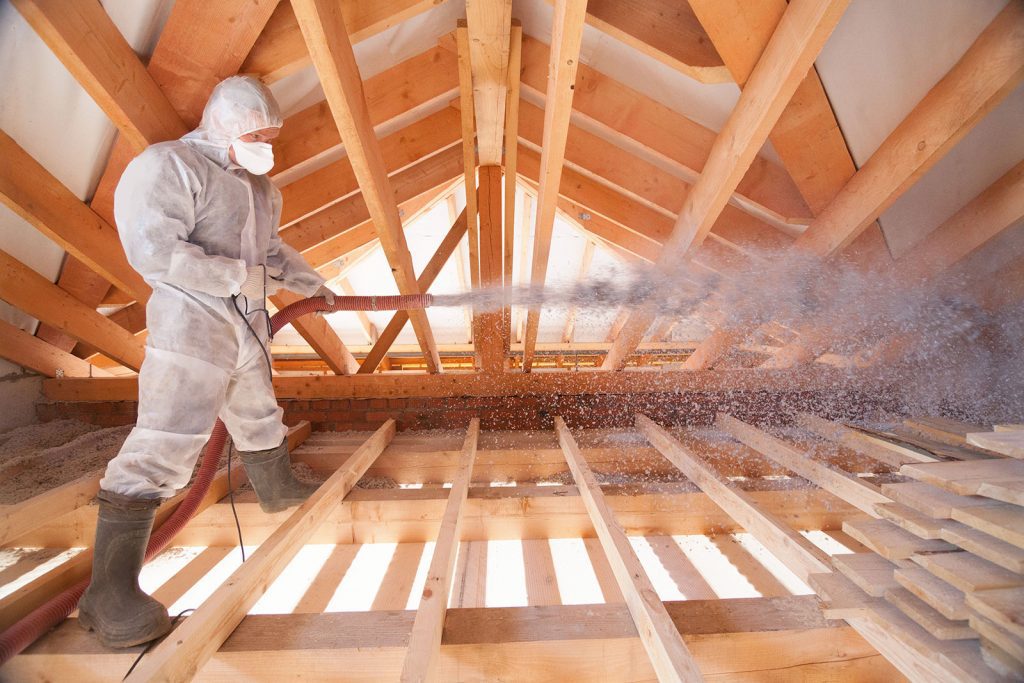
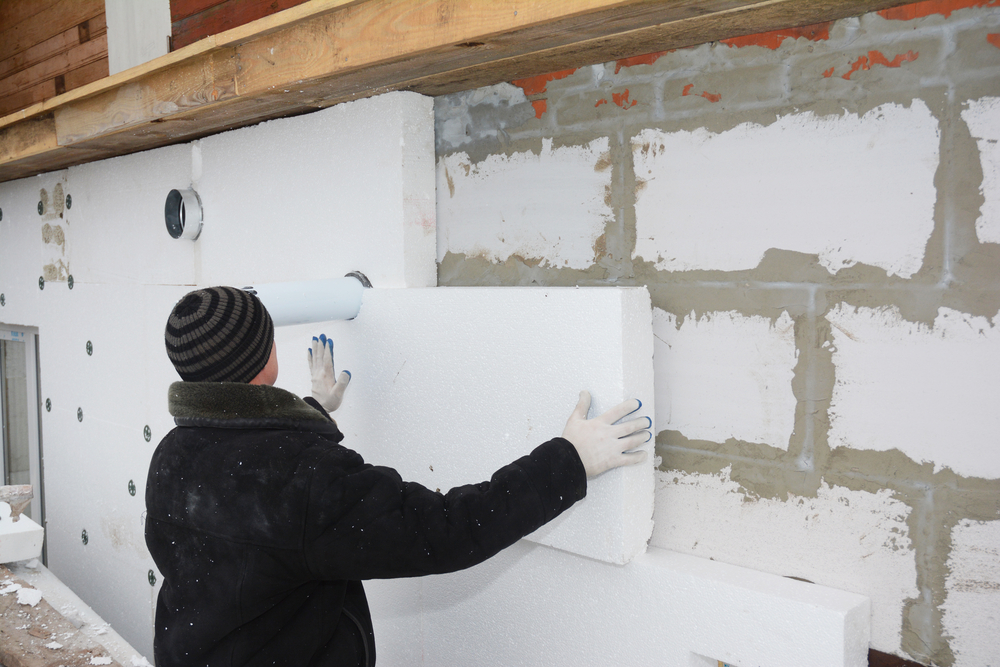
Foam Board or Rigid Foam Panels
Foam board or rigid foam panels are best for unfinished walls, such as foundation or basement walls, floors, and ceilings. Whether you want to insulate a floor or a low-slope roof, foam boards and rigid foam panels can get the job done. This type of insulation reduces the amount of heat conducted through wood, wall studs, and other elements that make up a home’s structure. Typically made of polyurethane, polystyrene, or polyisocyanurate for both exterior and interior wall sheathing. Foam boards and rigid foam panels reduce energy consumption better than most other types of insulation.
Reflective or Radiant Barrier
Reflective or radiant barriers work differently that the other insulation types mentioned on this list. While standard insulation reduces heat flow in a home, reflective insulation instead reflects the heat away from the home to prevent heat gain, and radiant heat transfer to cooler indoor surfaces. This type of insulation is commonly found in attics, garages, unfinished walls, ceilings, and floors, and is extremely common in hot climates.
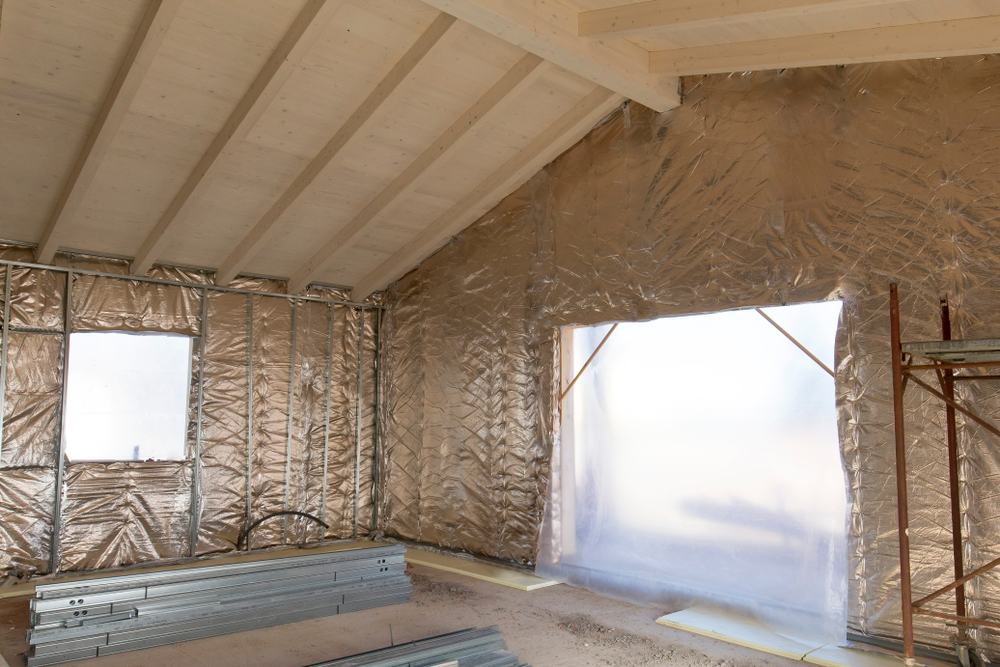
Insulation Installation in Austin, Texas: Austin Breeze
Now that you know the difference and uses for the various insulation types, you are ready to determine which type will be best for your situation. If you have any questions, or are considering spray foam or blown-in insulation, contact Austin Breeze today for the best insulation installation Austin residents can buy.